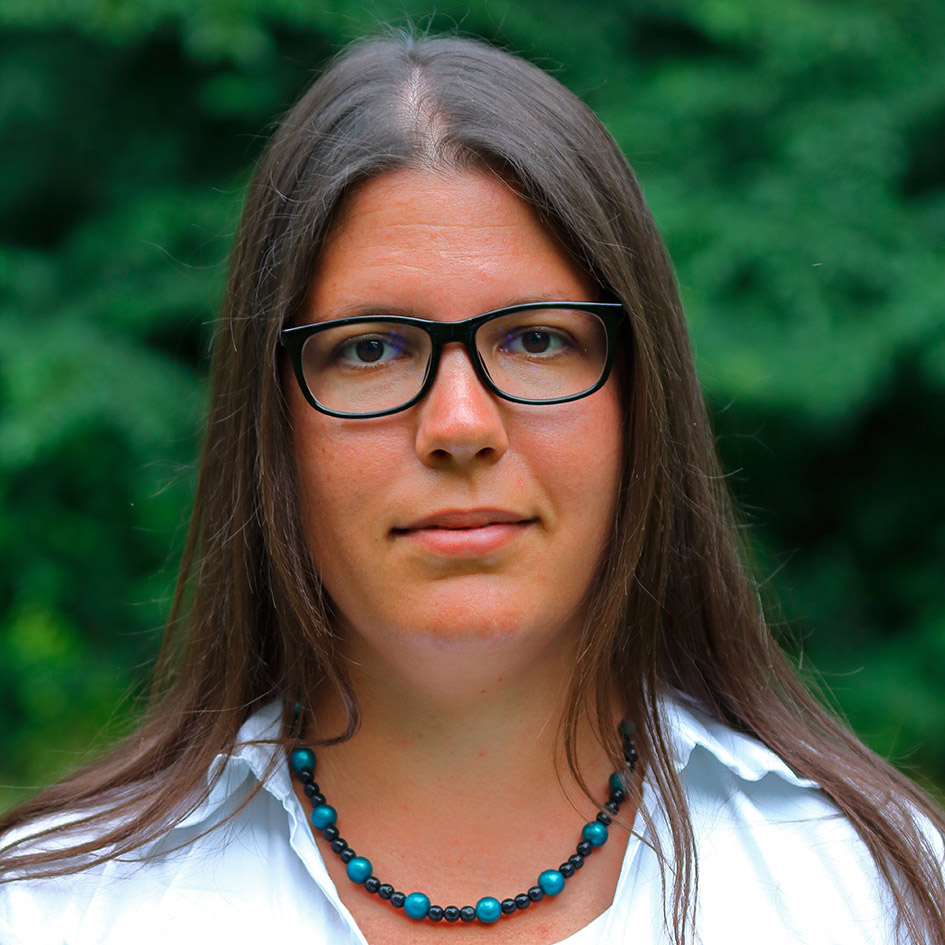
The research project of Orsolya Valkó (CER, IEB, ‘Lendület’ Seed Ecology Research Group) was one of the ten funded Forefront projects by the National Research, Development and Innovation Office in 2022. The research funding will enable the applicants to carry out a world-class research project in Hungary over the next five years, and support the participation in the European Research Council (ERC) research funding programmes. The current project is the third Forefront project at the CER, after the projects of Eörs Szathmáry and Péter Batáry.
The title of the project is ‘Grassland restoration based on nature-based solutions in agricultural landscapes: drivers at micro- and macro-scales’. The topic of the project align well to the current global and European policies, that have ambitious plans for supporting habitat restoration in agricultural landscapes. The Frontline project aims to provide a comprehensive framework for utilizing nature-based solutions in the restoration of semi-natural grasslands and in creating multifunctional agricultural landscapes. The ambition is a multi-scale and multi-site research program that by answering theoretical ecological questions provides evidence-based solutions for strategic restoration planning and for fine-tuning the agri-environmental schemes. The novelty of the work is that the researchers will combine approaches of large-scale multi-site vegetation surveys with landscape ecology, seed ecology and historical ecology. First, they use a multi-site chronosequence approach and study the spontaneous and assisted grassland recovery in agricultural landscapes. They sample the vegetation in 300 recovering sites and evaluate diversity and species composition patterns as a function of small-scale environmental heterogeneity, landscape context and recovery time. In Second, they analyze the temporal (seed bank) and spatial (seed rain) components of seed dispersal and test the effect of the local and landscape factors on the availability of seed sources. Finally, they study whether seeds from the seed sources can achieve successful establishment in the aboveground vegetation and test the importance of plant functional traits, landscape- and environmental filters in the establishment process from the seed sources in the recovery process. They aim to develop and test seed-based restoration methods for overcoming establishment limitation. The research will identify optimal settings of local and landscape factors where recovery is the most promising and support restoration prioritization by determining where we can rely on spontaneous recovery processes and where we need active restoration measures.


